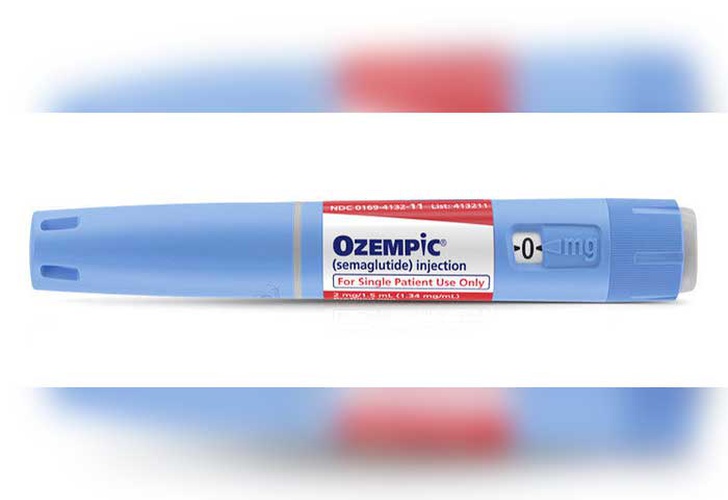What Does What is normal blood sugar level for diabetics? Find out now! Do?
The Ultimate Guide To Mean fasting blood glucose - WHO - World Health Organization
The function of the fast is to figure out whether the person can preserve his or her blood glucose as long as typical, and can respond to fasting with the proper metabolic changes. At the end of the fast, insulin should be nearly undetectable and ketosis needs to be fully developed. The person's blood sugar levels are kept track of and an important specimen is gotten if the glucose falls.

The precise level of glucose considered low enough to define hypoglycemia is dependent on the measurement method, the age of the person, existence or absence of results, and the purpose of the definition. While no dispute exists regarding the normal variety of blood glucose, argument continues as to what degree of hypoglycemia warrants medical evaluation or treatment, or can trigger harm.

54. 2 mmol/l (4575 mg/dl) represents clinically problematic hypoglycemia is not constantly simple. This leads individuals to use various "cutoff levels" of glucose in various contexts and for different functions. Because of Research It Here , the Endocrine Society advises that a diagnosis of hypoglycemia as a problem for an individual be based on the combination of a low glucose level and proof of unfavorable effects.

The Best Strategy To Use For Low Blood Sugar in Dogs - PetMD
0 g/dmol (the molar mass of glucose). For instance, a glucose concentration of 90 mg/dl is 5. 0 mmol/l or 5. 0 m, M. The scenarios of hypoglycemia supply most of the clues to medical diagnosis. Situations consist of the age of the person, time of day, time because last meal, previous episodes, dietary status, physical and mental advancement, drugs or toxic substances (especially insulin or other diabetes drugs), illness of other organ systems, family history, and action to treatment.
Technique of measurement [edit] Blood glucose levels discussed in this article are venous plasma or serum levels determined by standard, automated glucose oxidase techniques used in medical labs. For medical functions, plasma and serum levels are similar enough to be interchangeable. Arterial plasma or serum levels are slightly greater than venous levels, and capillary levels are typically in between.
Entire blood glucose levels (e. g., by fingerprick glucose meters), however, are about 1015% lower than venous plasma levels. In addition, readily available fingerstick glucose meters are just called for to be accurate to within 15% of a synchronised lab worth under optimum conditions, [] and home use in the examination of hypoglycemia is laden with misleadingly low numbers.
UNDER MAINTENANCE